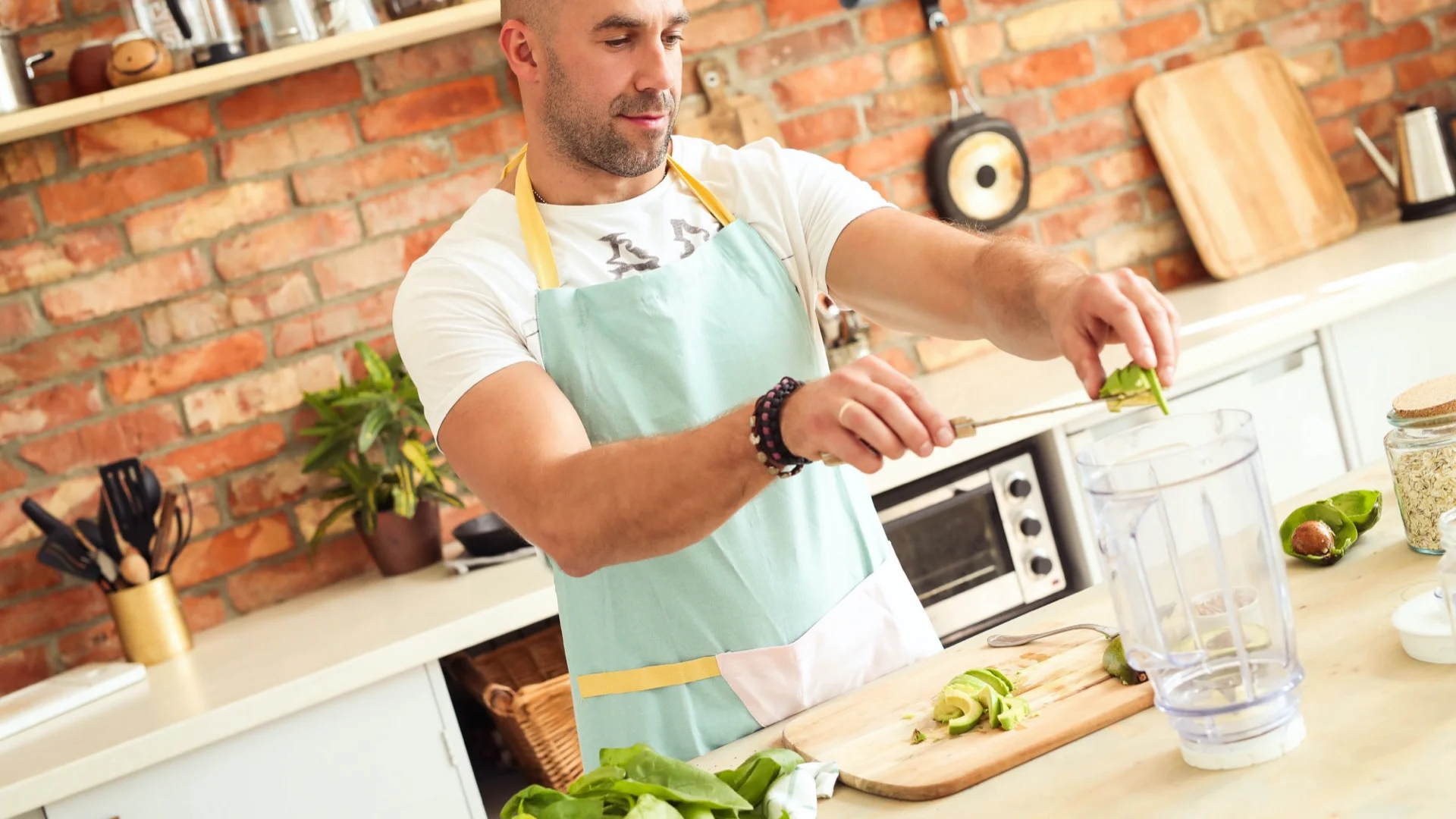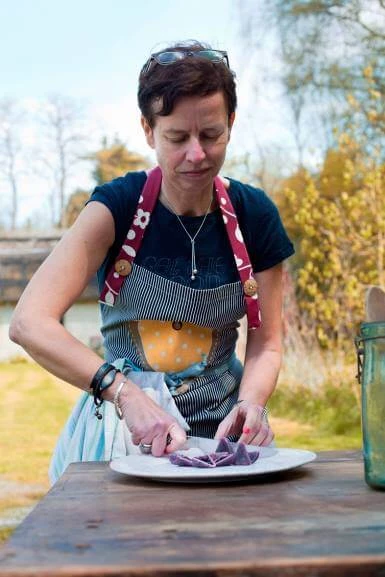How many tablespoons in 3/4 cup? Guide
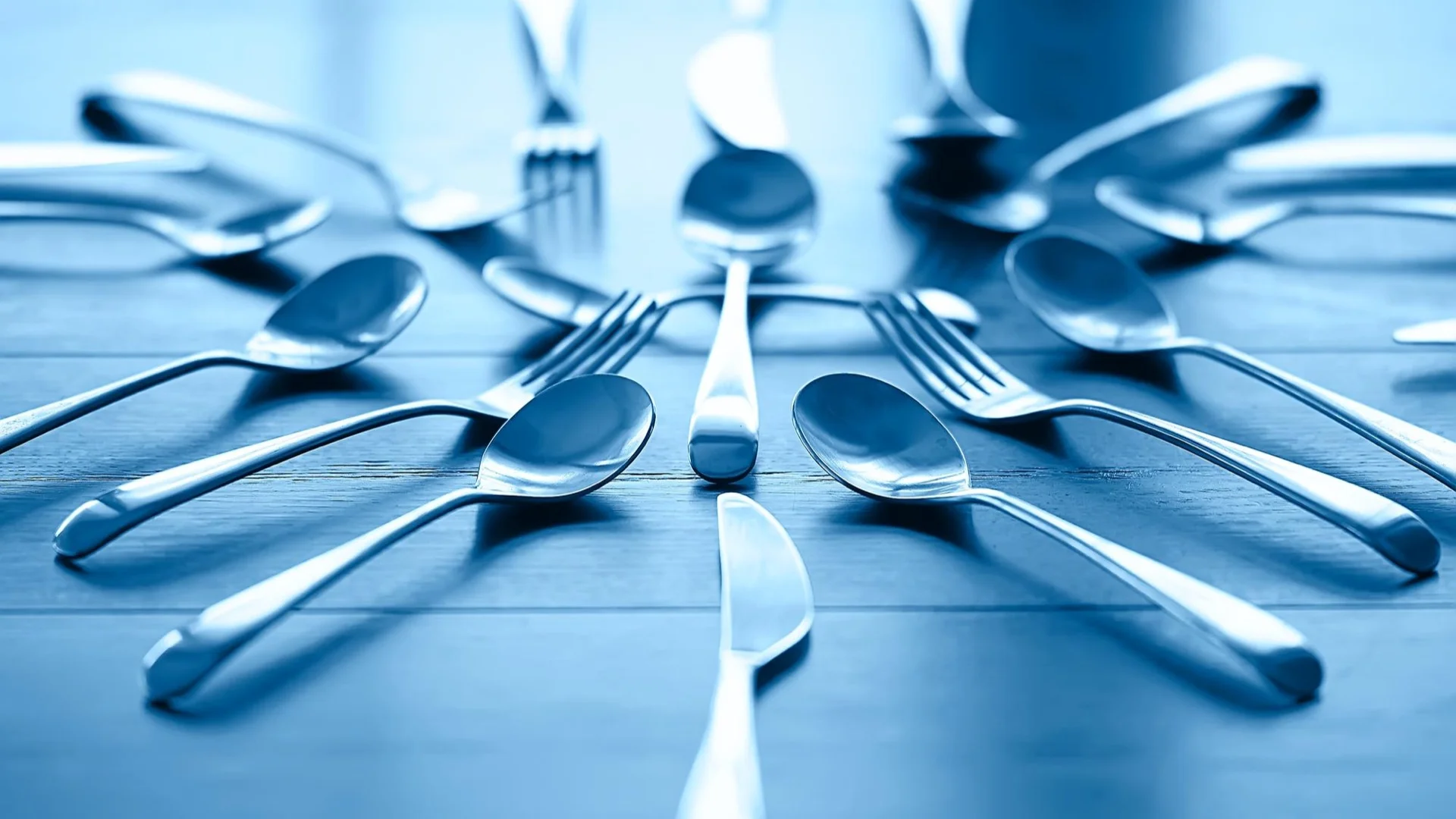
Content
Volume unit converter
How Many Tablespoons are in 3/4 Cup
The question “How many tablespoons in 3/4 cup?” is an essential one for many recipes, especially when it comes to baking. Knowing how to accurately convert measurements ensures that you get the right number of ingredients for your dish. In this article, we will explore different measurement systems, tools, and techniques to help you master precise measurements and adapt recipes as needed.
Introduction: Accurate Measurements in Cooking
Accurate measurements in cooking and baking are crucial for achieving consistent and delicious results. Using the correct amounts of ingredients can make a significant difference in the texture, taste, and appearance of your final product. When it comes to measuring volume, tablespoons and cups are commonly used units in recipes.
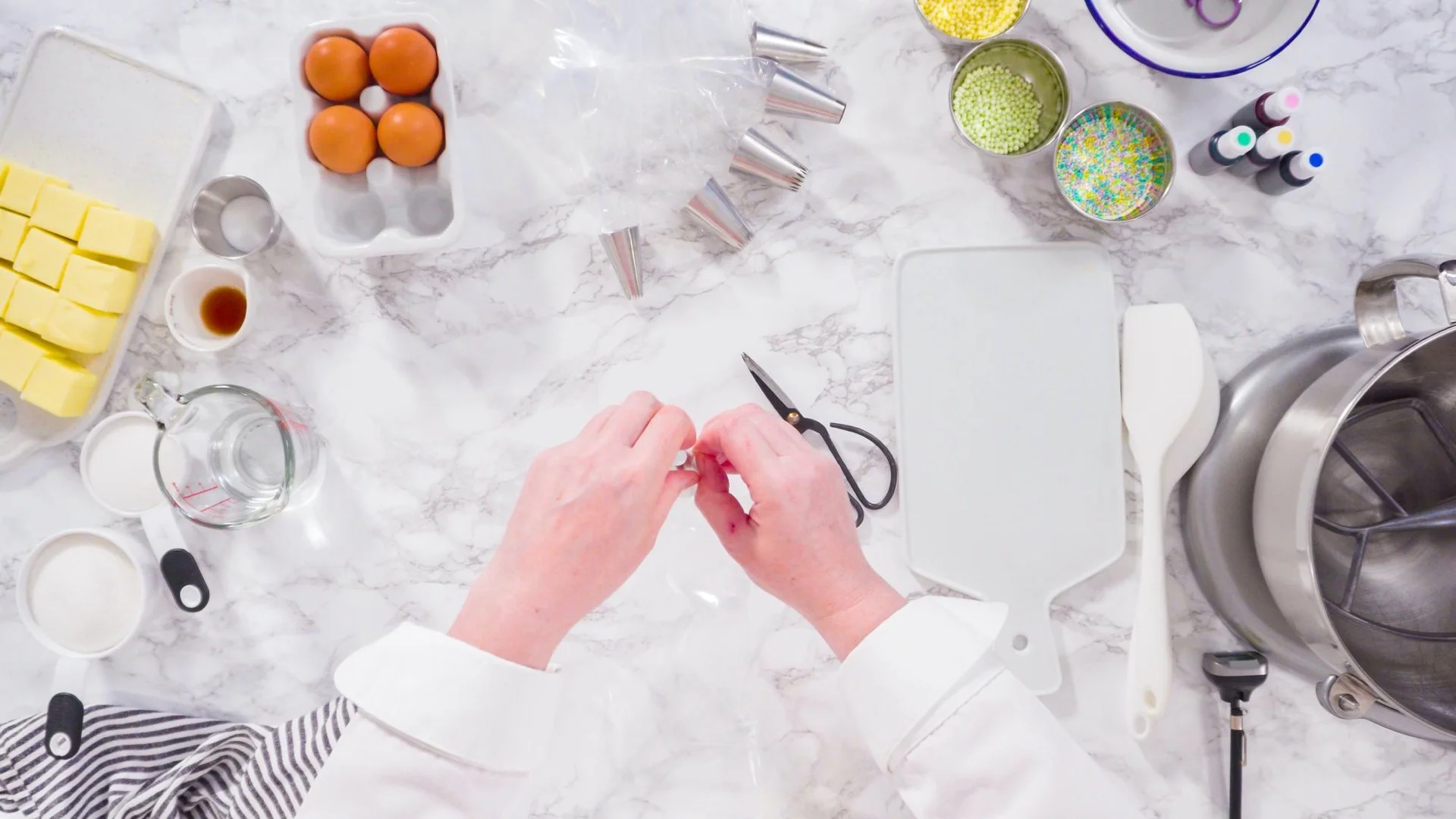
Tablespoons and Cups: Basic Volume Units
Tablespoons and cups are volume units commonly used in cooking and baking, especially in the US Customary and Imperial systems. Understanding their relationship is vital for converting measurements and scaling recipes.
Half of 3/4 Cup
Occasionally, you may need to halve a recipe, which requires calculating half of 3/4 cup. To complete this, first, convert 3/4 cup to tablespoons.
Next, find half of 12 tablespoons:
So, half of 3/4 cup is equal to 6 tablespoons.
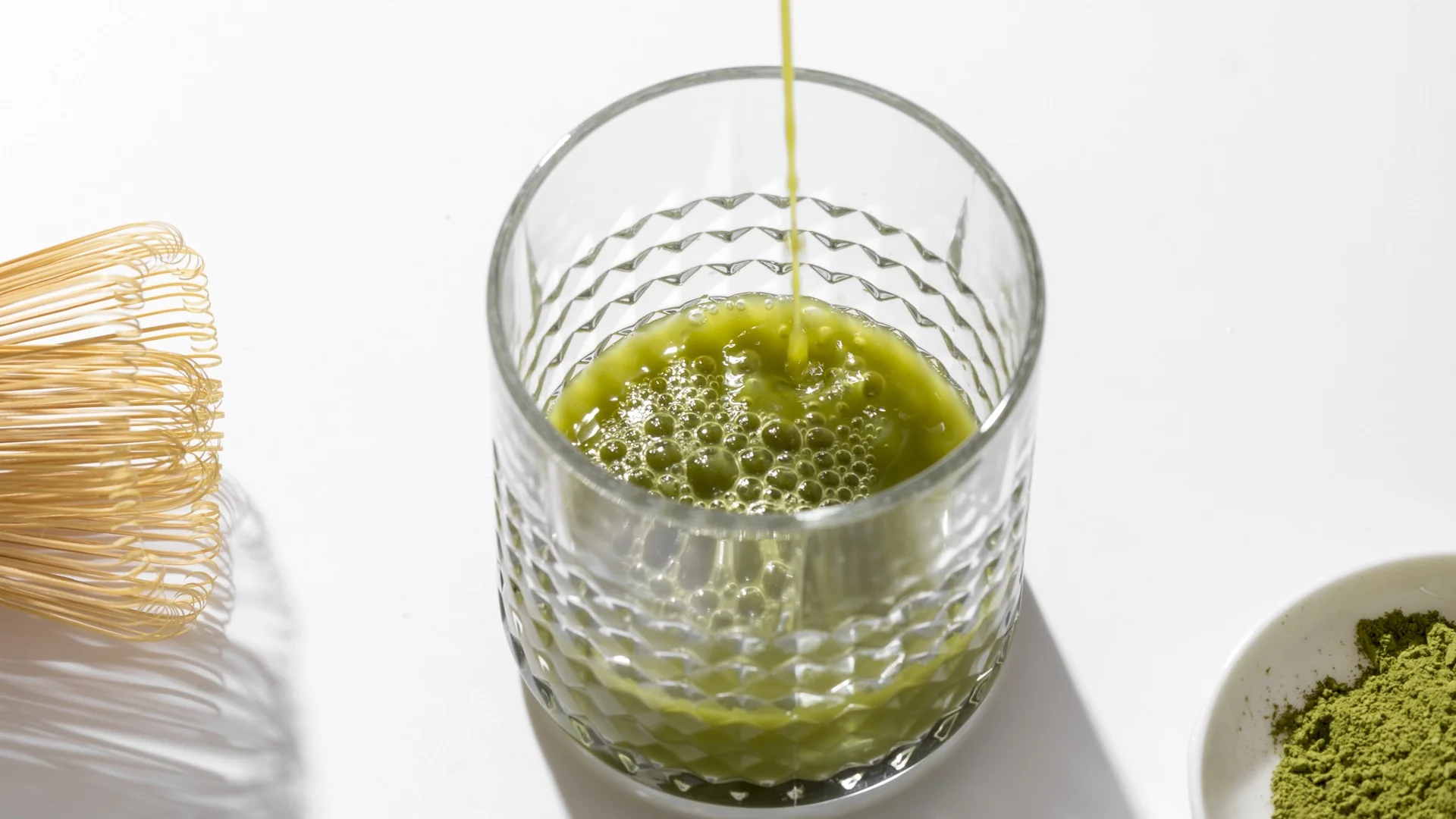
Measurement Systems: US Customary and Metric
Understanding different measurement systems is important for accurately converting between units and adapting recipes. The two primary systems used in cooking and baking are the US Customary and Metric systems.
US Customary System: Tablespoons and Cups
The US Customary system is predominantly used in the United States for cooking and baking. In this system, volume measurements are often expressed in cups, tablespoons, and teaspoons. The relationships between these units are:
Metric System: Milliliters and Liters
The Metric system is widely used internationally, including in countries such as Canada, the United Kingdom, and Australia. Volume measurements in the Metric system are typically expressed in liters (L) and milliliters (mL). To convert between US Customary and Metric units, you can use the following approximate conversions:
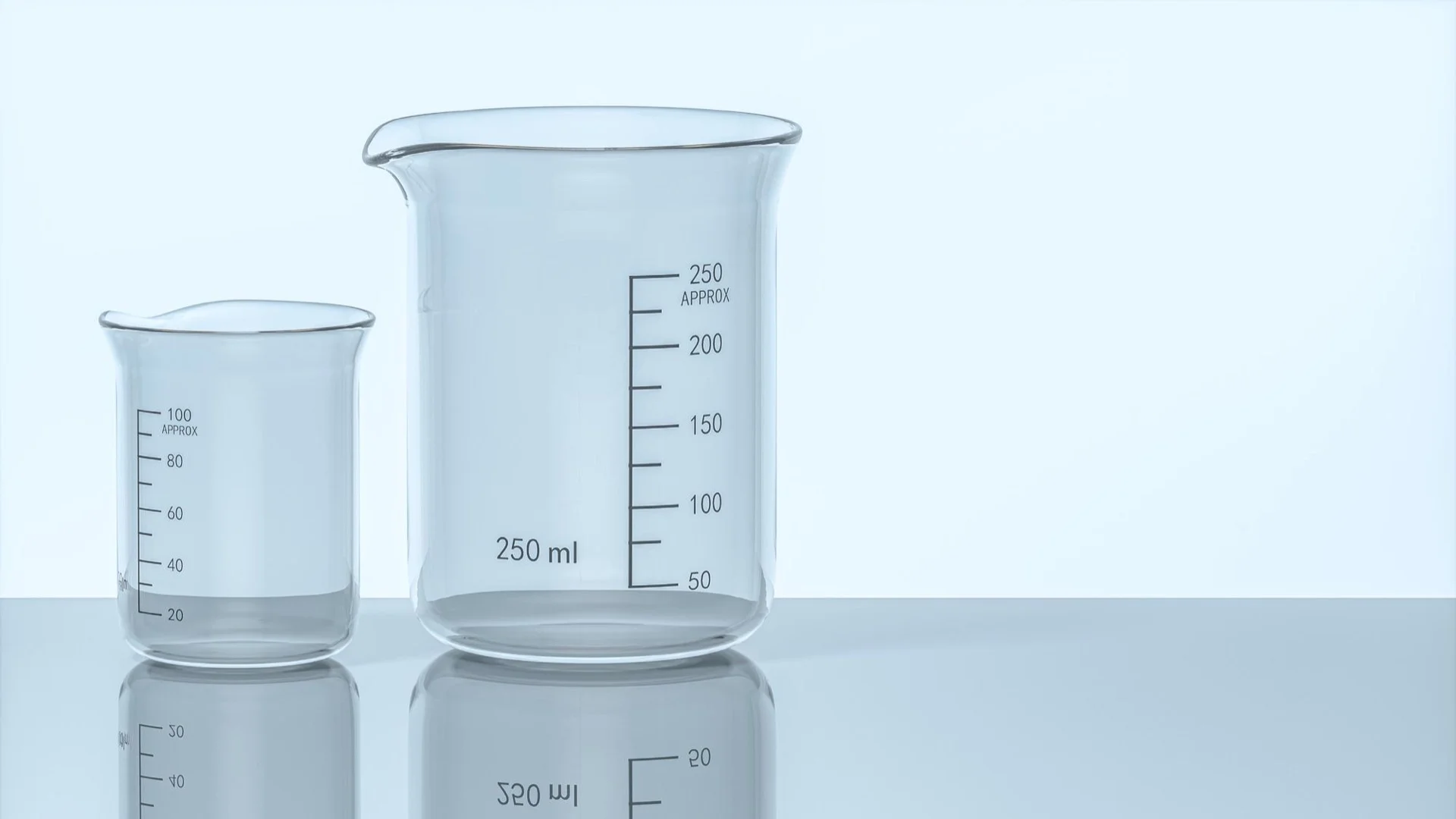
3/4 Cup: Tablespoon Conversion Basics
To convert 3/4 cup to tablespoons, you need to understand the relationship between cups and tablespoons:
Now, you can find the number of tablespoons in 3/4 cup:
So, there are 12 tablespoons in 3/4 cup.
Table: 3/4 Cup in Tablespoons and Teaspoons
Here's a table to help you quickly convert 3/4 cup to tablespoons and teaspoons:
| Unit | Conversion |
| 3/4 cup | 12 tbsp |
| 12 tbsp | 36 tsp |
Ingredient Conversions: Tablespoons to 3/4 Cup
Different ingredients may require different conversions based on their density and weight. It's essential to be aware of these variations when converting measurements for specific ingredients.
Table: Common Ingredient Measurement Conversions
The table below provides examples of ingredient conversions for 3/4 cup to tablespoons, teaspoons, and other units:
| Ingredient | 3/4 Cup Equivalent | Tablespoons | Teaspoons | Other Units |
| All-purpose flour | 3/4 cup | 12 tbsp | 36 tsp | 96 g (approx.) |
| Granulated sugar | 3/4 cup | 12 tbsp | 36 tsp | 150 g (approx.) |
| Brown sugar | 3/4 cup (packed) | 12 tbsp | 36 tsp | 165 g (approx.) |
| Powdered sugar | 3/4 cup | 12 tbsp | 36 tsp | 90 g (approx.) |
| Butter | 3/4 cup | 12 tbsp | 36 tsp | 170 g (approx.) |
| Honey | 3/4 cup | 12 tbsp | 36 tsp | 255 g (approx.) |
| Milk | 3/4 cup | 12 tbsp | 36 tsp | 177 mL (approx.) |
| Vegetable oil | 3/4 cup | 12 tbsp | 36 tsp | 177 mL (approx.) |
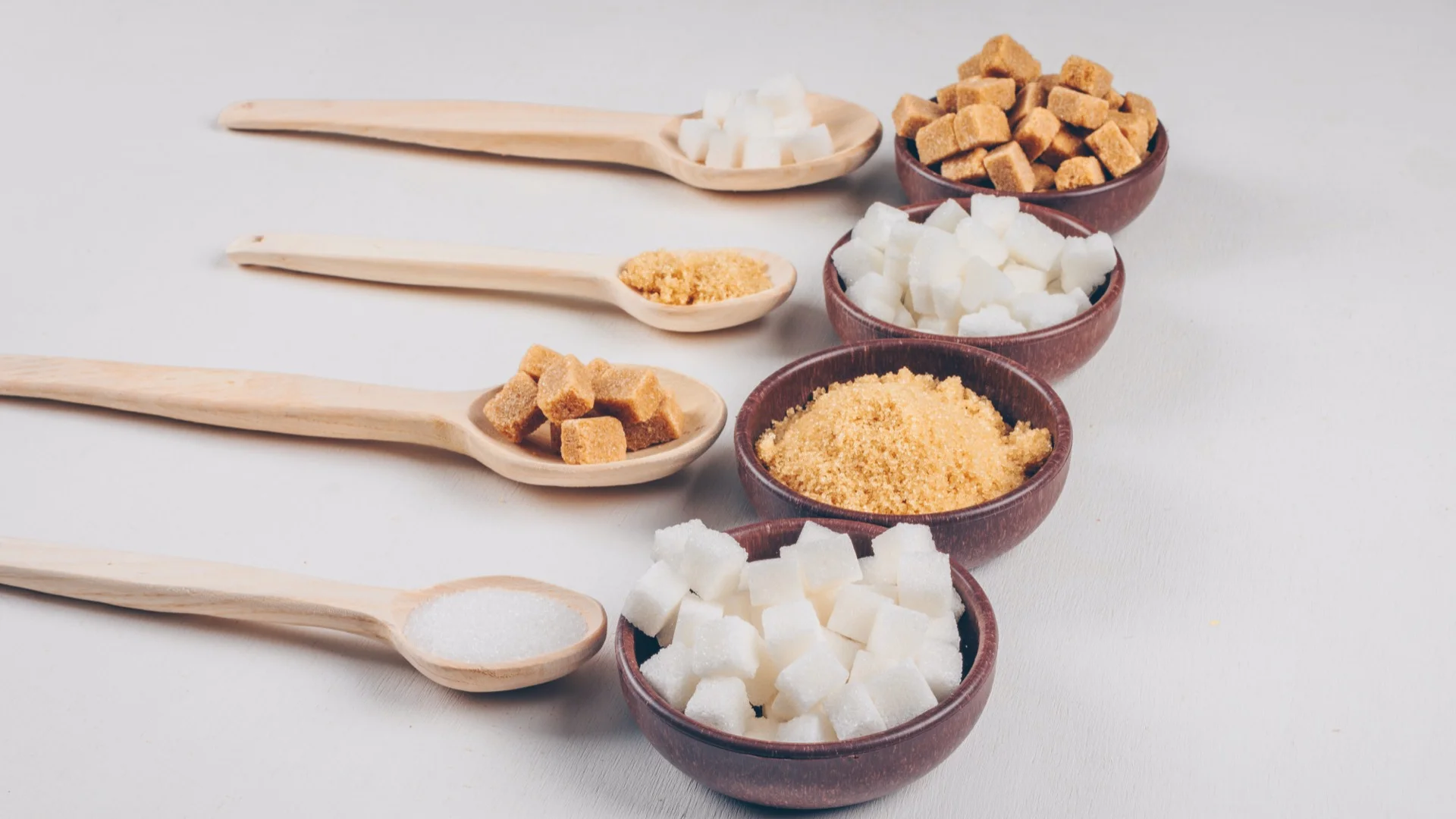
Accurate Measurements: Tools and Techniques
Achieving accurate measurements is essential for successful cooking and baking. The right tools and techniques can help ensure that you are using the correct amounts of ingredients in your recipes.
Table: Pros and Cons of Measuring Tools
Different measuring tools have their advantages and disadvantages. The table below outlines the pros and cons of various measuring tools:
| Measuring Tool | Pros | Cons |
| Measuring Cups | Easy to use, widely available | Less accurate for small quantities |
| Measuring Spoons | Accurate for small quantities | Limited to specific increments |
| Kitchen Scale | Highly accurate, versatile | Requires converting units |
| Liquid Measuring Cup | Accurate for liquids, easy to read | Not suitable for dry ingredients |
Mastering the Conversion: 3/4 Cup to Tbsp
Understanding how to convert 3/4 cup to tbsp is an essential skill for any home cook or baker. Whether you are scaling up or down a recipe, adjusting for different measurement systems, or simply don't have the right measuring tools at hand, knowing how to make this conversion can ensure your recipes turn out as intended.
The Basic Conversion: 3/4 Cup to Tbsp
As a standard rule in the US Customary System, there are 16 tablespoons (tbsp) in a cup. To convert 3/4 cup to tbsp, you would simply multiply the number of cups by the number of tablespoons per cup:
So, there are 12 tablespoons in 3/4 cup.
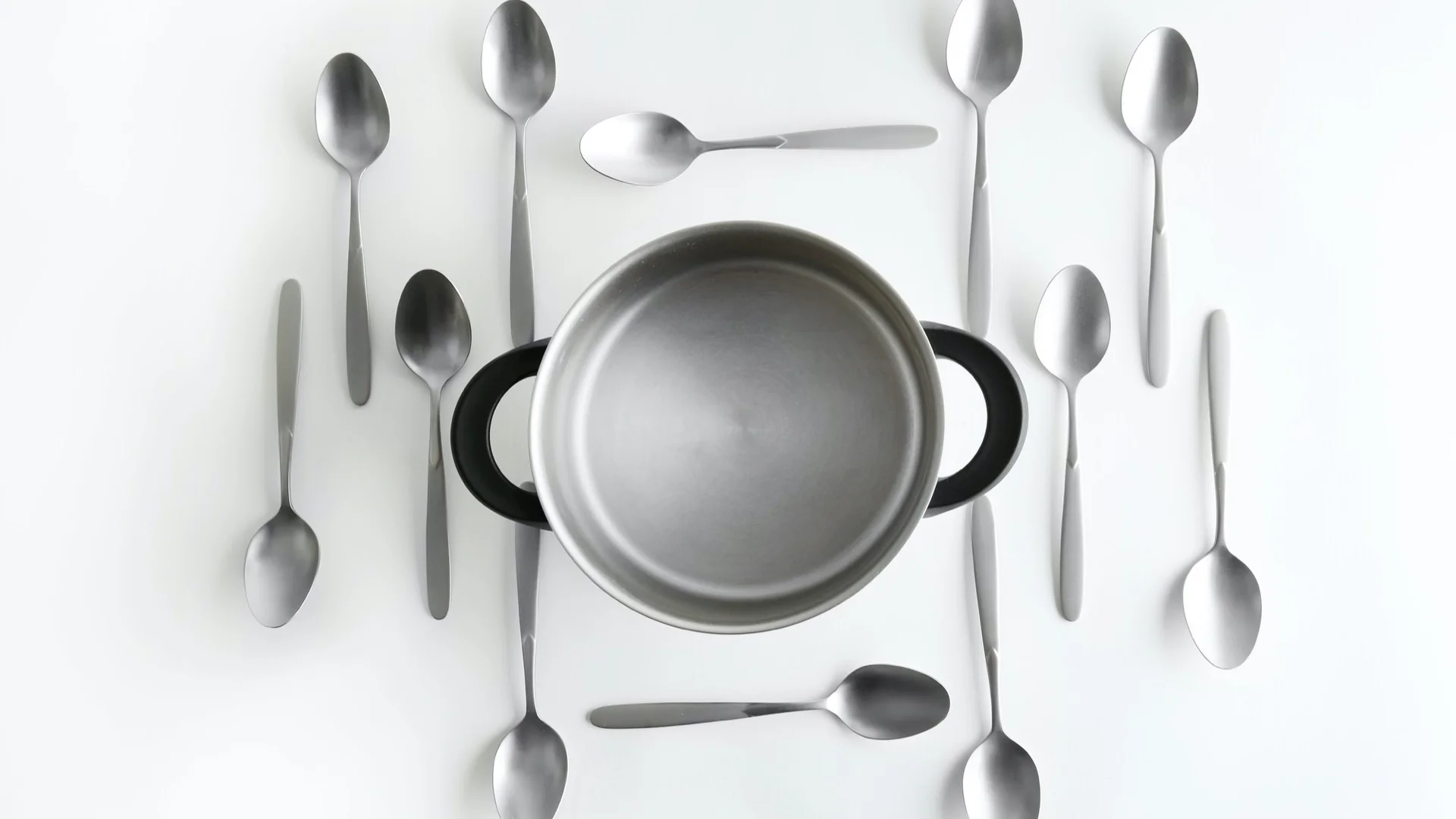
Applying the Conversion: 3/4 Cup to Tbsp in Recipes
When you encounter a recipe that calls for 3/4 cup of an ingredient, you can use this conversion to measure the ingredient in tablespoons if you don't have a 3/4 cup measuring tool available. For example, if a recipe calls for 3/4 cup of milk, you would simply measure out 12 tablespoons of milk instead. This conversion can be particularly helpful when you need to make small adjustments to a recipe or when measuring ingredients that don't easily fit into a cup, such as butter.
Converting Other Fractions: 3/4 Cup to Tbsp and Beyond
In addition to converting 3/4 cup to tbsp, you may also need to convert other fractions of a cup to tablespoons in various recipes. Here's a quick reference guide to help you with these conversions:
- 1/4 cup = 4 tbsp
- 1/3 cup = 5 1/3 tbsp
- 1/2 cup = 8 tbsp
- 2/3 cup = 10 2/3 tbsp
- 3/4 cup = 12 tbsp
- 1 cup = 16 tbsp
Recipe Scaling: Adapting Ingredient Quantities
Being able to scale recipes up or down is an essential skill in cooking and baking. This often requires converting measurements between different units or adjusting ingredient quantities based on the desired serving size.
Table: Measurement Conversion Factors
The table below provides conversion factors for common measurement units to help you scale recipes:
| Unit | Conversion Factor |
| 1 cup to tbsp | 1 cup = 16 tbsp |
| 1 cup to tsp | 1 cup = 48 tsp |
| 1 cup to mL | 1 cup = 237 mL (approx.) |
| 1 tbsp to tsp | 1 tbsp = 3 tsp |
| 1 tbsp to mL | 1 tbsp = 14.79 mL (approx.) |
| 1 tsp to mL | 1 tsp = 4.93 mL (approx.) |
Additional Factors Affecting Measurements
Various factors can affect the accuracy of your measurements, including the type of ingredient, the method used for measuring, and environmental conditions such as temperature and humidity. By being aware of these factors, you can further improve your precision in measuring ingredients.
Ingredient Density and Volume
Different ingredients have different densities, which can impact the weight and volume of a given measurement. For example, a cup of packed brown sugar will weigh more than a cup of all-purpose flour. When converting between volume and weight measurements, it is essential to consider the specific ingredient's density.
Table: Ingredient Density and Volume
| Ingredient | Density (g/mL) | Weight of 1 Cup (approx.) |
| All-purpose flour | 0.53 | 125 g |
| Granulated sugar | 0.85 | 200 g |
| Brown sugar | 0.88 | 220 g |
| Powdered sugar | 0.56 | 120 g |
| Butter | 0.96 | 227 g |
| Honey | 1.42 | 340 g |
| Milk | 1.03 | 245 g |
| Vegetable oil | 0.92 | 218 g |
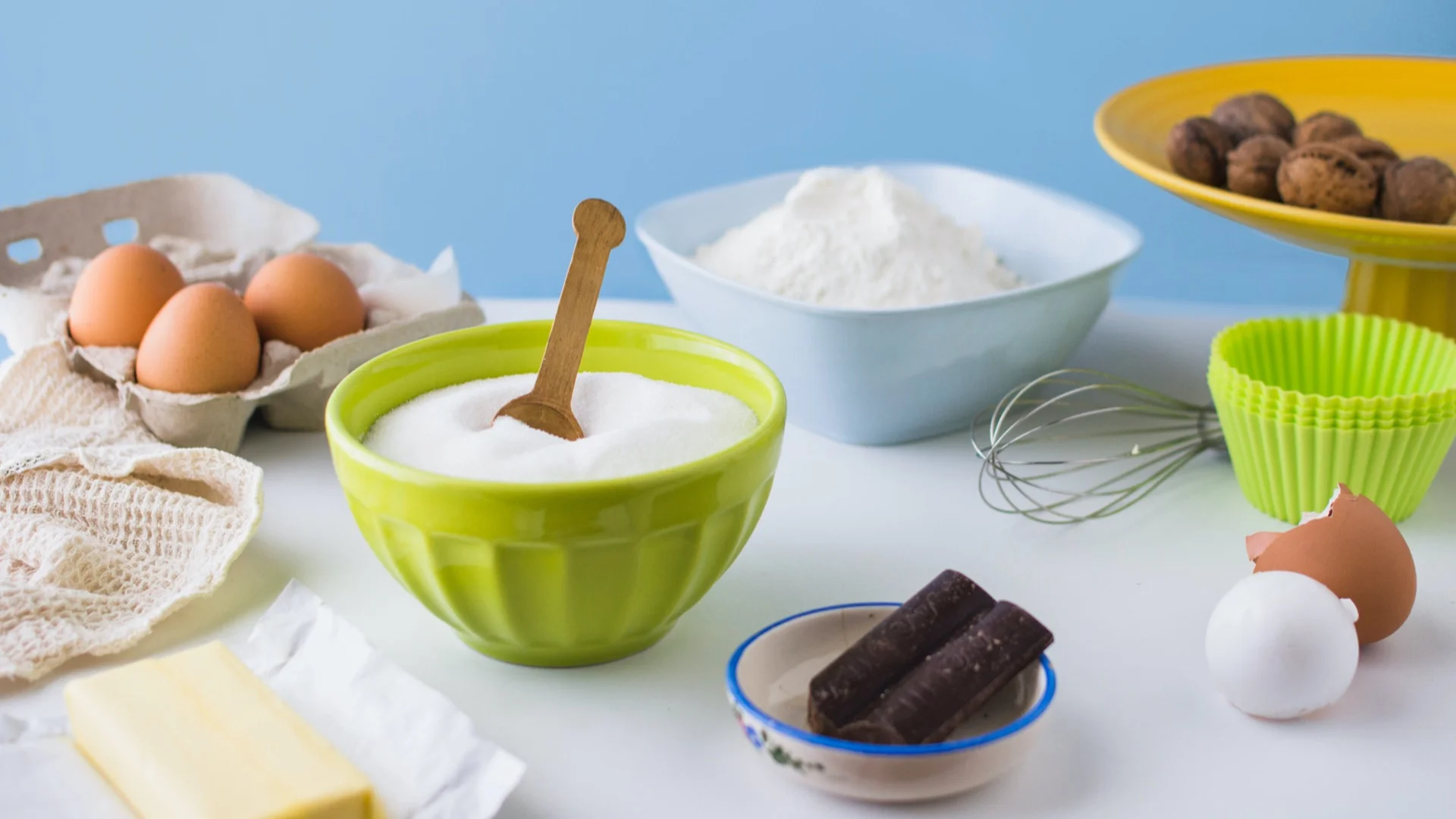
Scooping vs. Spooning: Measuring Techniques
The way you measure ingredients can also impact the accuracy of your measurements. Two common methods are scooping and spooning.
Scooping involves dipping the measuring cup directly into the ingredient and leveling it off, which can cause the ingredient to become packed and result in a higher weight. Spooning involves gently spooning the ingredient into the measuring cup until it is full, then leveling it off. This method results in a more accurate measurement, especially for dry ingredients like flour and sugar.
Table: Scooping vs. Spooning Techniques
| Technique | Pros | Cons |
| Scooping | Faster, requires fewer tools | Less accurate, can lead to packed ingredients |
| Spooning | More accurate, prevents packing | Slower, requires additional tools |
Conclusion: Mastering Precise Measurements
